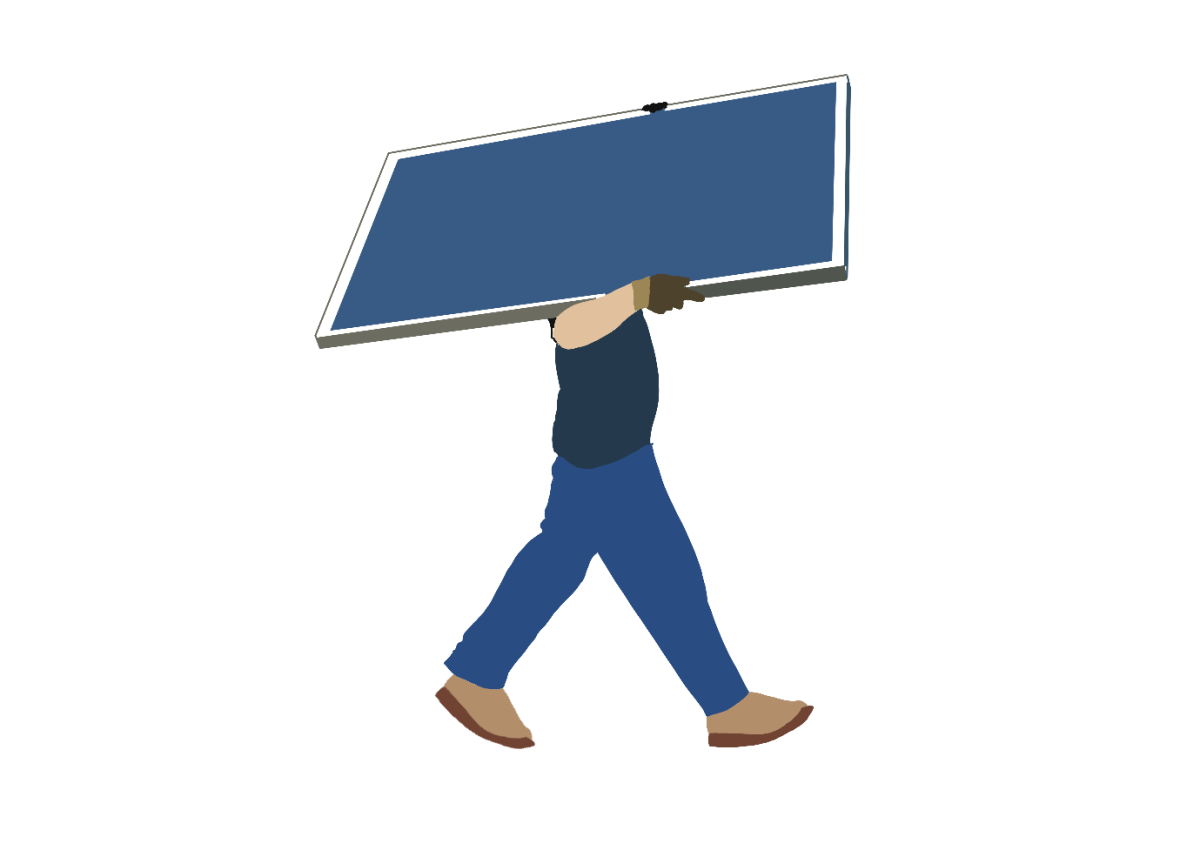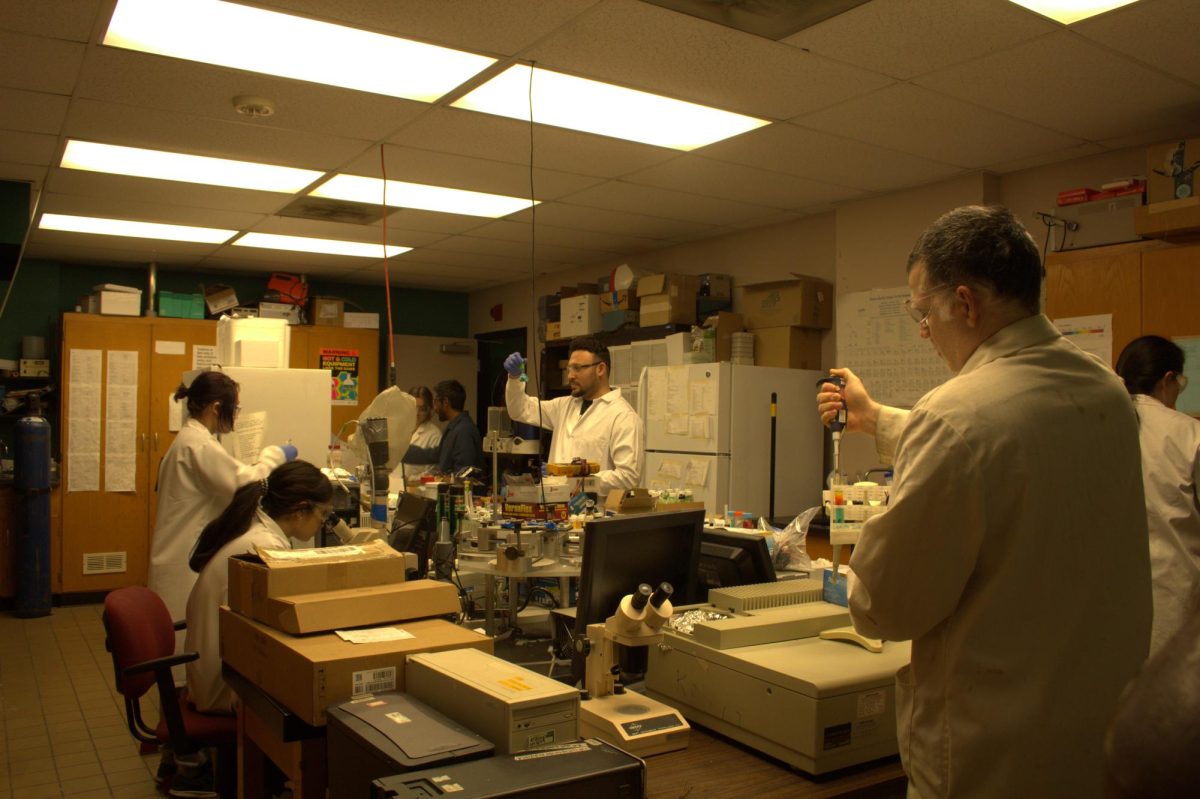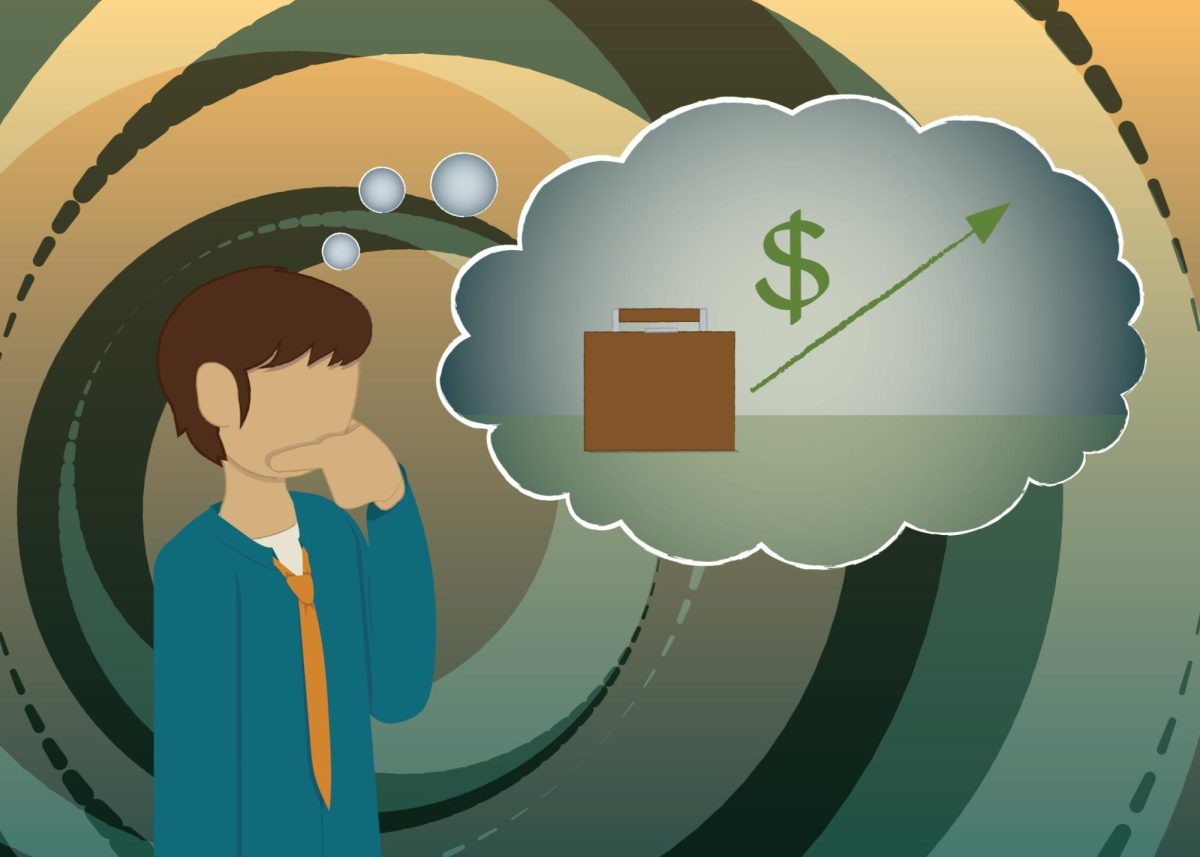For most Americans, electricity comes from a company who they pay to keep the current flowing to their house each month. However there may be a more cost effective and sustainable way for nearly everyone to get power.
Solar panels have been around since the 1950’s and, since the 1980’s have recently been put to use powering homes, campsites, even entire towns around the world.
Advertisement
Green, renewable energy has been the topic of debate surrounding climate change. Solar and wind have been at the forefront of these conversations. Everyone who’s lived in the Midwest has most likely seen the massive wind turbines that cover farmlands. These turbines are great for producing large amounts of electricity for small towns, but wind has difficulty being used practically for most consumers. While it’s not impossible to use wind at home for power, there is a much easier and reliable way to get cheap, green, renewable power into homes.
Illinois produces about 3.9% of the total power production in the United States, 51.7 percent of that power is produced by nuclear power generators, another efficient energy source. However, according to ChooseEnergy, Illinois only produces about 2.3 percent of solar energy.
While nuclear provides energy to most of Illinois, solar panels can be used effectively to cover the rest of the power production for residential homes especially when few green alternatives are available.
Advertisement*
According to the U.S. Energy Information Administration, in 2022, nearly 40 percent of solar power generation in the U.S. was from rooftop solar panels while 60 percent of the power generation was from utility scale facilities.
Over the past 15 years, the cost of solar panels has dropped about 90 percent. According to the National Renewable Energy Laboratory (NREL), since 2003, the price has dropped from around $3.46 per watt to just 35 cents in 2017. This price drop continues into other costs such as installation and maintenance.
Solar panels are also becoming more reliable. On average, after about 25 years in operation, solar panels will produce 80 percent of their original power output. Solar panels installed after 2000 have had a median failure rate of 5 panels out of 10,000 yearly. David Shoppe, an Illinois resident in Oswego, had a 6 kW solar system installed on
the roof of his residential home in 2018.
“Initially it was sold to us as a way to save money on our electricity bill. Seven people in a house use a lot of power in a month and those power bills began to stack up,” he said.
The initial investment into solar is usually what has homeowners on the fence about making the jump.
“We were quoted about $20,000 for the cost of the installation and all the equipment,” Shoppe said.
The Shoppe family’s quote is roughly the average price point for residential houses. Prices increase with the power rating, as getting more power requires an increased number of solar panels and sometimes a bigger battery for excess power storage. In Illinois, the tax benefit for having a solar system installed is about 30 percent.. On a
$20,000 setup, that’s $6000 in tax benefits on the following year’s taxes.
The life and maintenance of the solar system was also a concern for the Shoppe family as it would be a large investment in a relatively new trend at the time.
“We have not had any trouble with the panels, every once in a while we will have them cleaned, usually after winter, but the rain does a good job at keeping them clean,” Shoppe said.
He admits however that solar power is “not for everyone.”
“We have no plans of moving any time soon so we figured it would be a good idea to make the investment,” Shoppe said.
Residential solar installations have been growing over the years but it doesn’t stop at just powering homes. Solar panels have made their way into many town public works, where engineers are coming up with ways to use solar electricity everywhere possible. You’ve likely already seen the solar arrays around the Carbondale police station as well as in a few other places around town.
“There are plenty of ways that solar panels can be incorporated into everyday things that would otherwise use power from the grid”, said Naperville public works director Dick Dublinski.
Over the past 17 years, Naperville, Illinois, has begun introducing environmentally friendly ways of keeping their city accessible in the modern age without putting unnecessary stress on utilities by using solar powered lights, charging stations, and large solar arrays to power public buildings.
“One of the easiest and most convenient places to put solar panels is on park pavilions. People can charge their phones, plug in speakers, whatever they want!,” Dublinski said.
Anyone can use the electricity provided by solar panels and that electricity can be generated pretty much anywhere.
“We’ve also been using solar panels to power lights that would otherwise need to be connected through underground cables,” Dublinski said.
Having solar powered lights removes the need for underground power cables that can be difficult to repair and maintain. It also allows for more lights to be put in places like on bike paths or in parks that would have otherwise stayed in the dark at night.
Other solar powered lights can be used to illuminate the outsides of buildings, making areas feel safer, without pulling unnecessary electricity. Modern solar panels have become more efficient, cost less to produce, and have become significantly more reliable over time.
Solar panels are difficult to recycle, but it’s not impossible. The first big wave of solar installations happened around 10 to 15 years ago, meaning those solar panels will be reaching the end of their service in about a decade. It’s commonly misstated that solar panels can not be recycled because of how difficult it is to deconstruct the tightly glued together panels. Companies like SolarCycle in Odessa, Texas, are figuring out ways to recycle entire solar panels. By separating the glass from the solar cells using specially made machinery, panels are able to be reduced to bare materials through a special process of deconstruction. What’s left is bare materials such as aluminum, silver, copper, and other valuable metals that can be recycled.
For obvious reasons, recycling a solar panel is more expensive than trashing one. The labor, transport and deconstruction involved in recycling a panel will run about $15 to $25 dollars per panel. The cost to trash is only about $5, but those metals and glass that could have been sold and reused after recycling is lost. Not only is this a waste of valuable materials, it also means more carbon emissions will be produced making new materials from mines.
After the life of the solar panels, about 25 years after installation, most homeowners will need to replace their panels.
Tony, an energy tech from All Energy Solar said, “The cost to recycle is $20 per panel, and most homes in this area will have about 15 to 20 panels. The used panels get sent to a recycling plant in Wisconsin.”
Damaged panels also get recycled the same way used ones do. It’s not likely that modern solar panels will be damaged from normal use. Standard panels can survive high winds, hail and other debris that can be blown around in a storm.
New panels are designed to withstand 120 mph wind and can withstand 60 mph golf ball sized hail. It’s likely that if a panel is damaged from a storm, the rest of the roof is damaged as well. For most homeowners it would all be covered under insurance.
Solar panels, while not a new technology, have come a long way since the first iterations.. The transition to solar power offers an increasingly viable and sustainable alternative for households seeking cost-effective and environmentally friendly energy solutions.
While Illinois predominantly relies on nuclear power, solar energy has the potential to play a significant role in meeting growing residential power needs. The nearly 90 percent drop in overall solar power costs over the past 15 years and the increasing reliability of solar technology contribute to its growth as a viable renewable energy source.
Government incentives, such as the 30 percent tax benefit in Illinois, alleviate some financial costs associated with solar power in residential areas. Solar power has grown not only in residential areas but in public areas as well.
From street and path lighting to pavilions with solar powered outlets, solar energy has made its way into most people’s lives without them noticing. As researchers find new ways to recycle and produce more advanced solar systems, the world will continue to grow into renewable green energy sources. Solar may not
be the only way forward but it’s demonstrating its ability to compete as a viable
resource in the new world.
Advertisement























